Chill December brings the sleet,
Blazing fire and Christmas treat,
January brings the snow,
Makes our feet and fingers glow.
Sara Coleridge “The Garden Year”
My first Outside the Back Door based on Sara Coleridge’s poem, “The Garden Year” was written in February last year – so we missed January! For the purposes of my church magazine (the original driver for this blog), I need to combine December and January and, as soon as I read these verses, I knew it would work well as both coincidentally feature sleet and snow. I remember this poem so clearly from childhood and yet, if I’m honest, I can only remember one white Christmas whilst I was growing up. With climate change, the likelihood of a white Christmas in London and the south-east diminishes with each passing year.
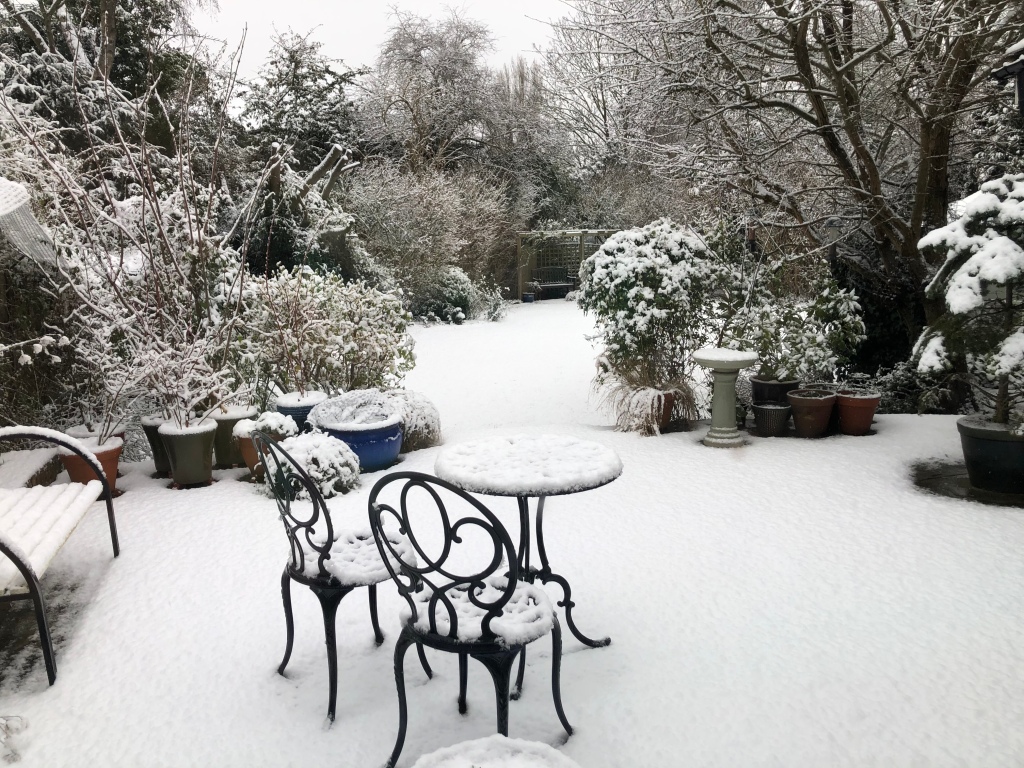
That said, you may recall that earlier this year we did indeed have snow! On the 24th January the country was deep in the heart of Lockdown 3, our church was firmly embedded on Facebook and many of us were viewing the Sunday morning service when suddenly down came the snow! There were lots of comments that the vicar and organist were going to get a bit of a shock when they headed outside to discover the world had turned white! Overlooking the turning circle at the end of our road, there were a lot of excited children building snowmen, making snow angels and being pulled along on sleds whilst everyone tried to stay in their strict family bubbles. The shrieks and shouts of excitement were all the more louder given the confined circumstances we were all in at the time.

I’m not a huge fan of snow. I’m sure lots of you would agree, it’s all very pretty unless you have to get somewhere! The beauty of last year’s lockdown snow was that there was nowhere to go and nothing to do! As a result, I think I enjoyed that snow fall more than most. Working from home, it was quite a relief not to have to worry about train services, opening times, staff rosters etc. Although in fairness some of my staff did have to travel in but we only had reduced services running due to the lockdown which made is much easier than a normal ‘snow day’.

We also did what all Norwegian Forest Cat owners seem to do – we threw ours outside into the cold to take some photos of them in their native habitat! To be honest, they’re not that keen on this white slippy stuff and they rushed back indoors to a warm radiator within minutes!

As well as our footprints and the cats’ paw prints, I do enjoy seeing what else leaves its mark across the snow. It’s the one time you get to see the criss-crossing patterns left by birds hopping around in search of food. That’s the great thing about a winter cold snap, you never quite know what might fly into your garden. In that famous snowfall that brought London to a standstill a few years’ ago, we had a flock of redpolls turn up to raid the seeds on our birch tree. Almost without fail, by the end of January the large cotoneaster at the end of our garden will have been stripped of all its berries by an invasion of redwings. You really know that winter has arrived when you spot the redwings. At the end of January it will be the RSPB’s Big Garden Birdwatch again and we will be glued to the garden with our binoculars to record our feathered friends and to see if anything out of the ordinary turns up.
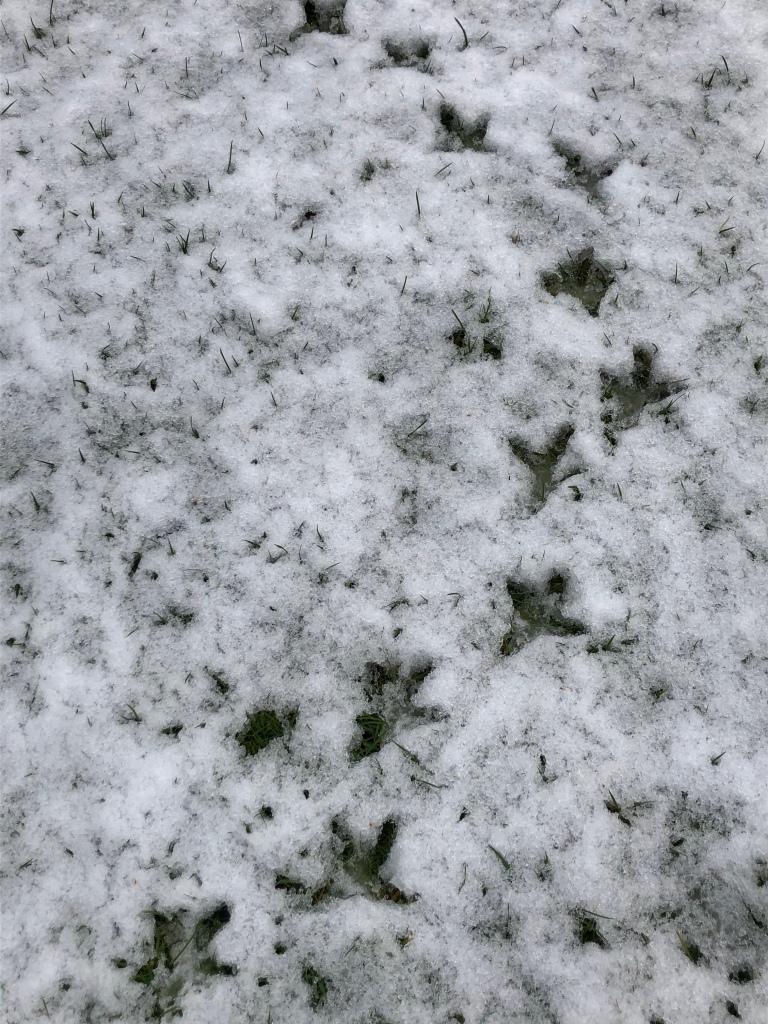
Prior to the snow, on 10th January my photos tell me that we experienced an amazing hoar frost. Sometimes I think this is prettier than snow. Snow tends to weigh things down whereas a hoar frost covers everything in the garden in sparkling jewels. I wrapped up to the nines and had a fun half hour or so walking around the garden for as long as my frozen fingers could hold the phone, photographing sparkling leaves, crystalline cobwebs and icing sugar dusted berries.
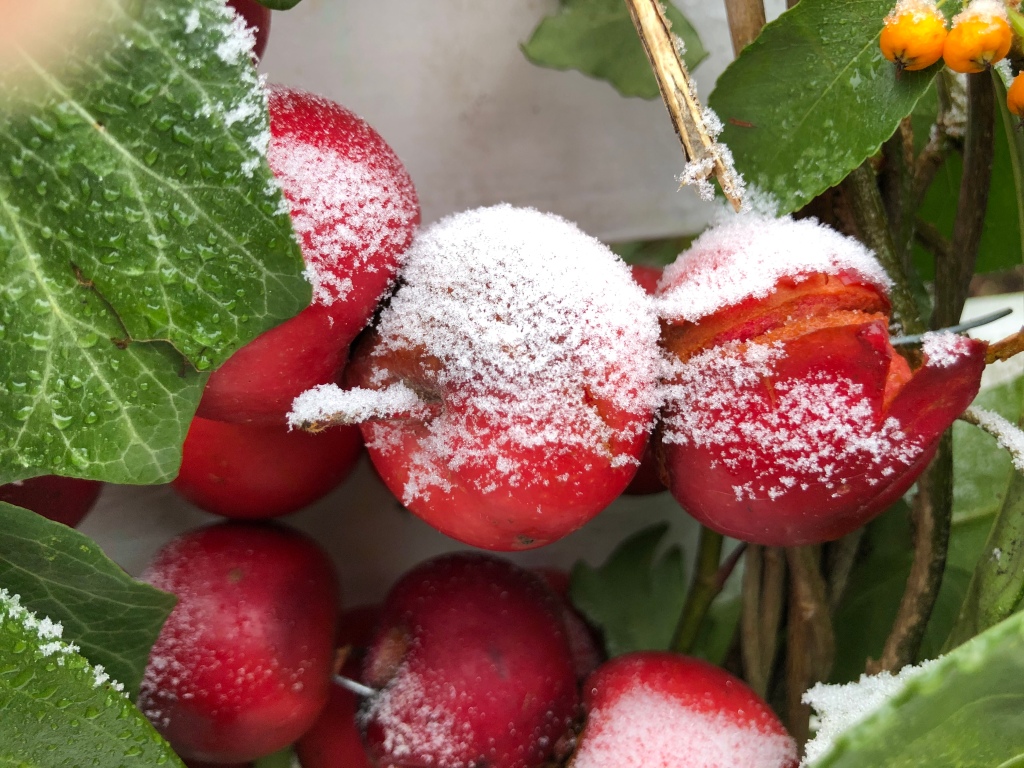
By the end of January it starts to feel like we’re emerging from the darkness of winter. It will be almost light at five o’clock in the evening and the first flowers of the new year will be starting to emerge. If I remember exactly when to look, I might just see my tiny clump of snowdrops at the end of the garden. Last year our daily walks often took us through our local Cemetery where the crocuses were already looking stunning by the end of the month. As a result, I’ve planted bowls of crocus to have on our patio this year and I can already see them pushing up through the soil. I’m very much looking forward to seeing their burst of colour but in the meantime, it’s cold, it’s windy, it’s rainy and it’s time to curl up in front of that blazing fire!









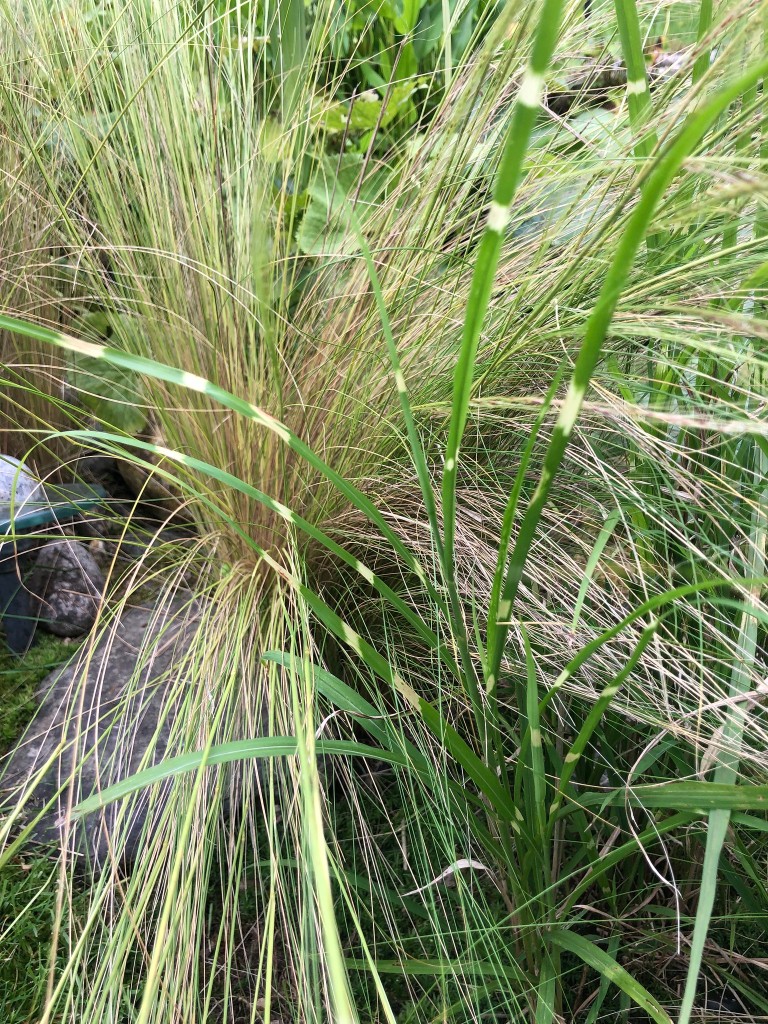


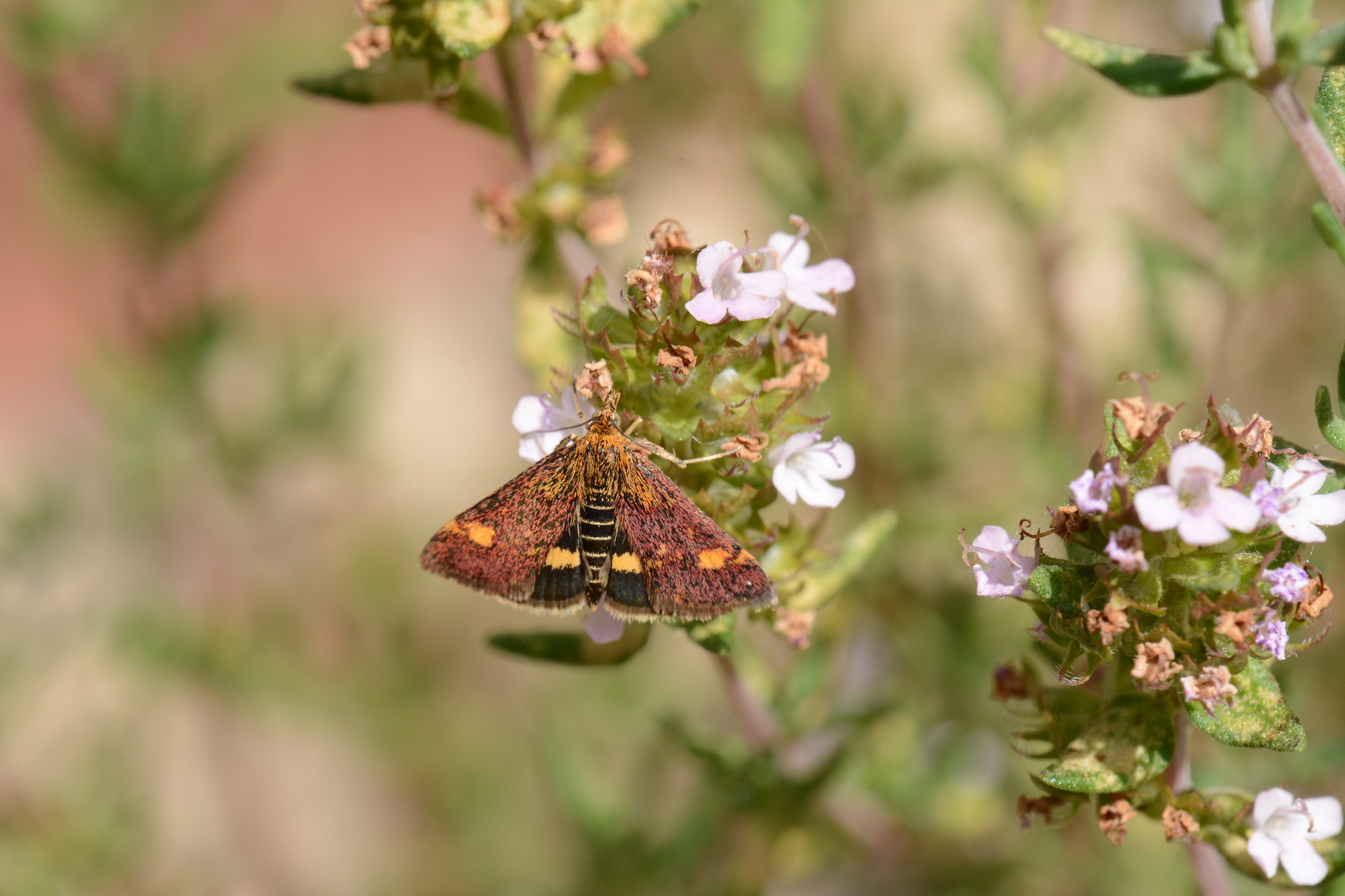

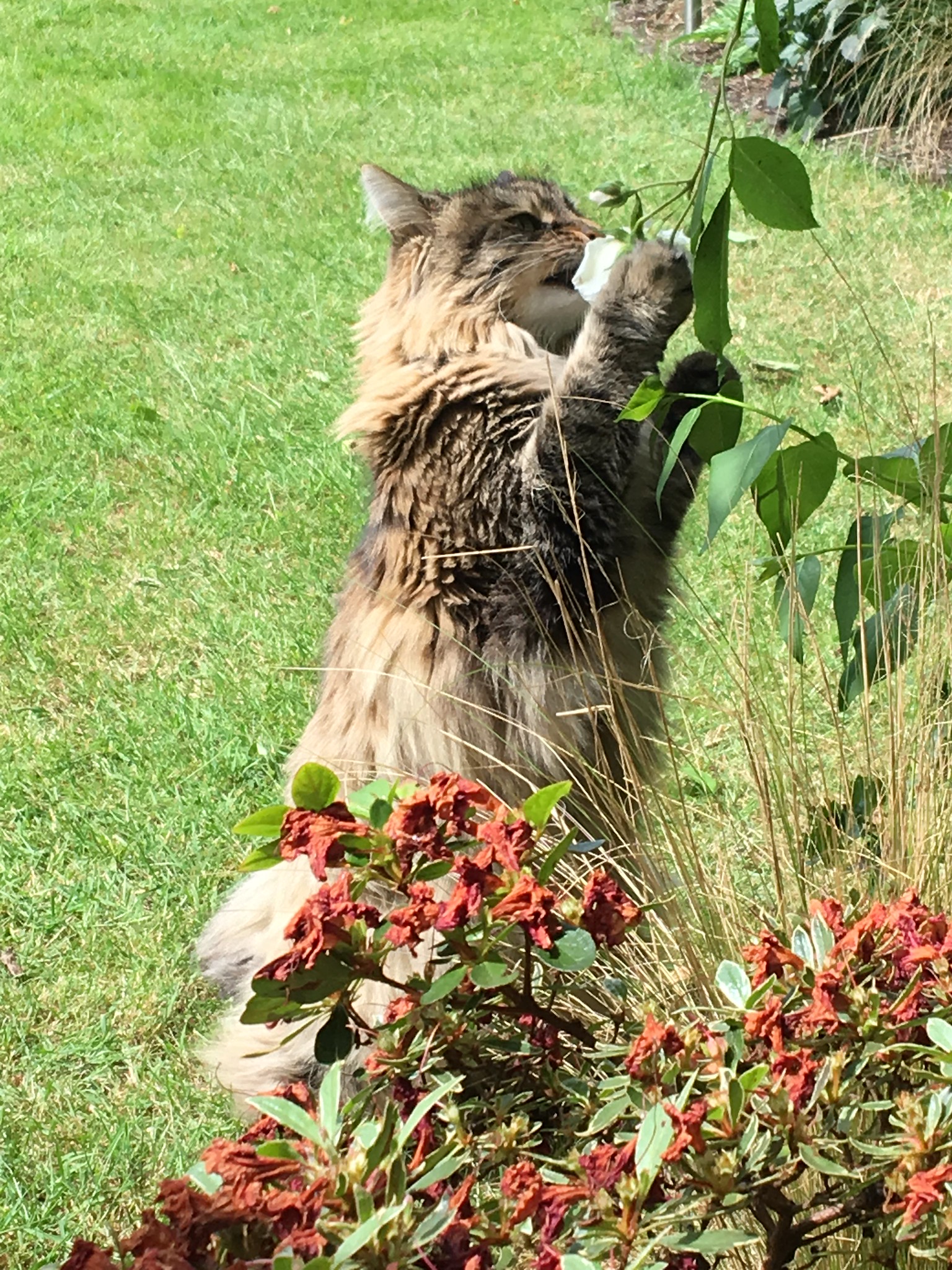
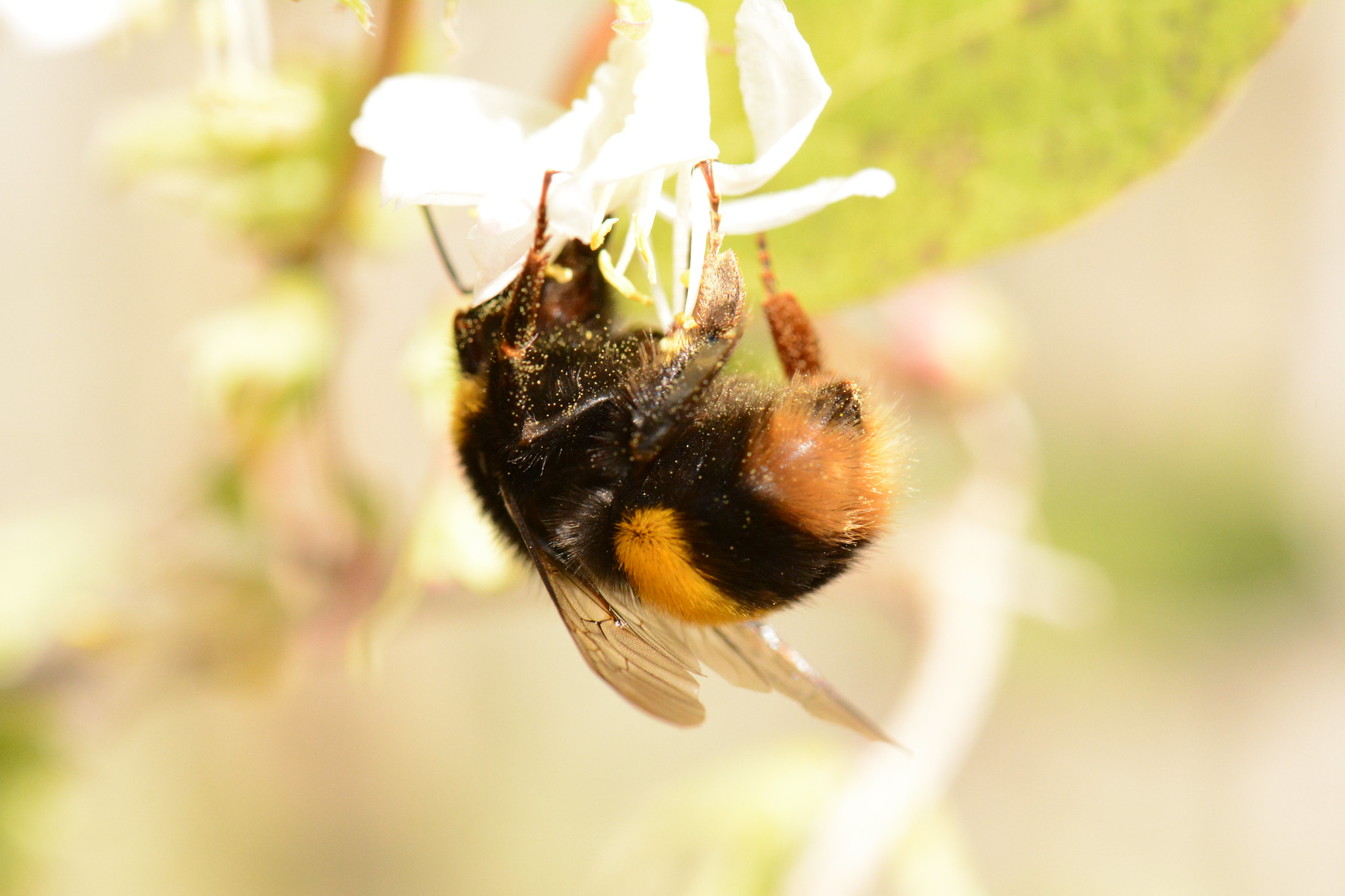

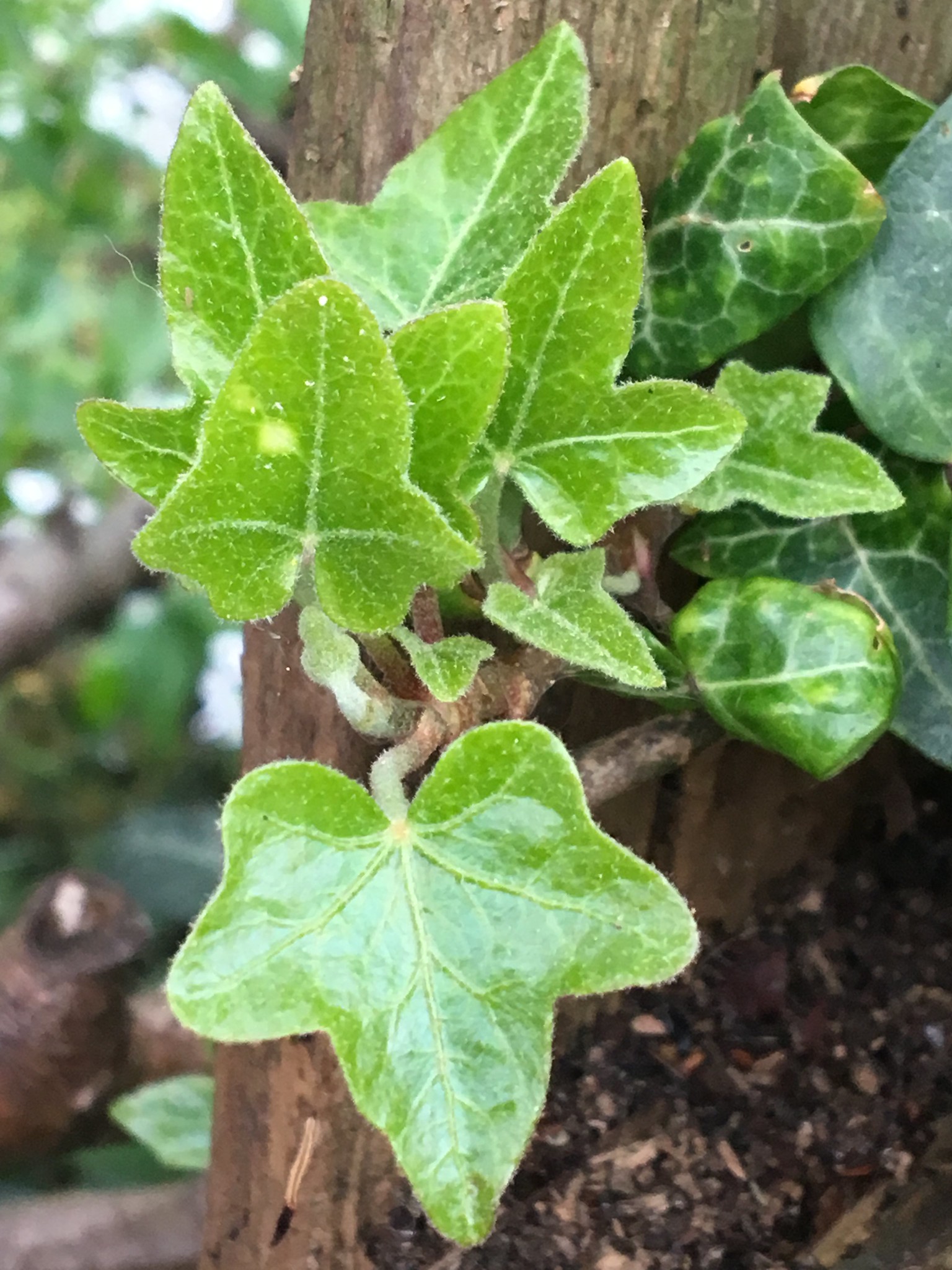

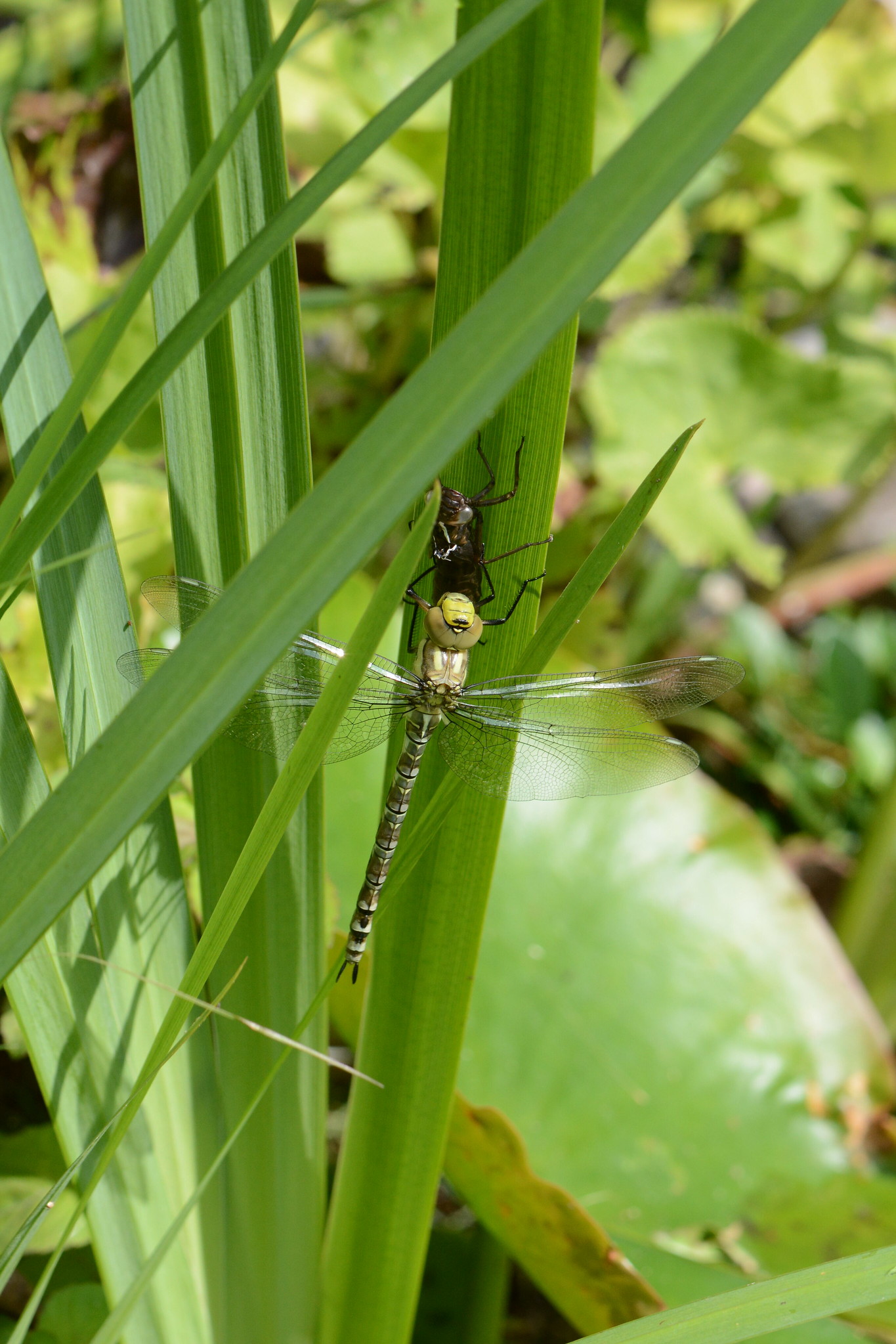
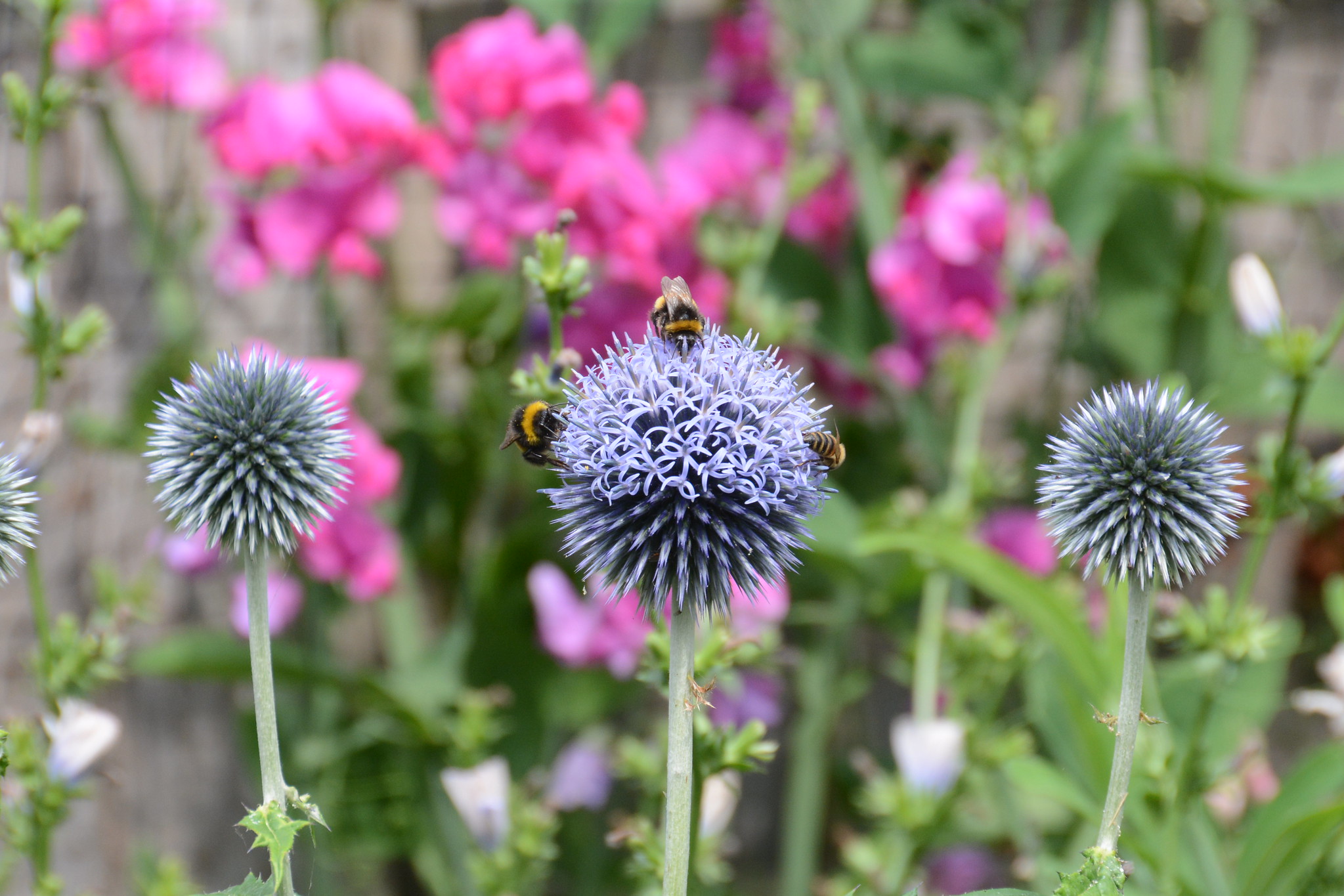



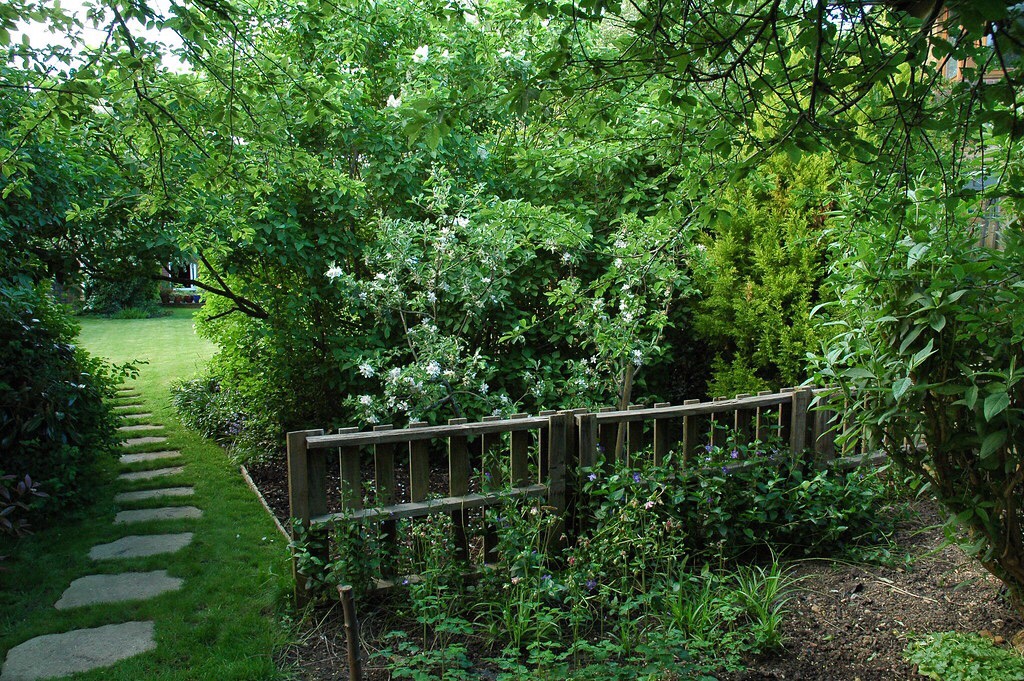




 So this has turned out to be a rather topical Outside the Backdoor for February’s Parish Magazine.
So this has turned out to be a rather topical Outside the Backdoor for February’s Parish Magazine. planted in the veg plot. In recent years I have found that autumn planted garlic does really well in the garden and results in large, usable bulbs unlike the spring planted which used to produce tiny bulbs that were really difficult to use in cooking. However, no sooner had I planted them this year than the squirrels had other ideas and the plot was turned over by their scrabbling and the cloves were scattered to the four winds. By now I should have an orderly set of green shoots of garlic about four inches high but there is no sign of anything, presumably because I am now looking in the wrong place because the squirrels have decided to replant them. I am guessing that I am suddenly going to find garlic growing randomly in strange corners of the garden!
planted in the veg plot. In recent years I have found that autumn planted garlic does really well in the garden and results in large, usable bulbs unlike the spring planted which used to produce tiny bulbs that were really difficult to use in cooking. However, no sooner had I planted them this year than the squirrels had other ideas and the plot was turned over by their scrabbling and the cloves were scattered to the four winds. By now I should have an orderly set of green shoots of garlic about four inches high but there is no sign of anything, presumably because I am now looking in the wrong place because the squirrels have decided to replant them. I am guessing that I am suddenly going to find garlic growing randomly in strange corners of the garden! Having now read up on the breeding season, this does make sense in terms of what we’ve experienced with one of our cats regularly catching squirrels. In the earlier part of last year we had no less than six squirrel incidents but nothing since, although one did have a close shave over Christmas when it was running up and down the olive tree right outside the backdoor. Bryggen (large, furry and ginger) was on full alert with his normal cheeky expression replaced by that of a grand hunter!
Having now read up on the breeding season, this does make sense in terms of what we’ve experienced with one of our cats regularly catching squirrels. In the earlier part of last year we had no less than six squirrel incidents but nothing since, although one did have a close shave over Christmas when it was running up and down the olive tree right outside the backdoor. Bryggen (large, furry and ginger) was on full alert with his normal cheeky expression replaced by that of a grand hunter!